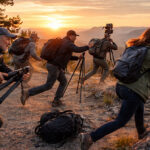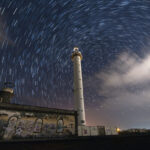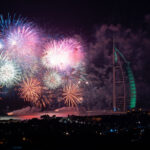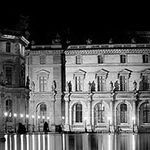On July 6, 2015 NASA released an image of the Earth as captured by the EPIC camera. Since then EPIC has captured thousands of images of our beloved blue planet. Three thousand of these images have now been compiled into a timelapse sequence like no other you’ve seen. It shows a year in the life of our planet:
The EPIC is an Earth Science instrument that is part of the DSCOVR satellite. It was launched in February 2015 and is positioned between the sun and the earth at a distance of approximately one million miles, at a gravitational balance point known as Lagrange Point. Sitting at its vantage point, the EPIC can see the sunrise in the east and the sunset in the west at least 13 times a day.
The images you see are taken by EPIC every two hours. The colors depicted in the image are estimated to be what a human sitting at the distance of EPIC would be able to see. Each individual image is actually a composite. The camera records them in 10 different wavelengths. Three of these, depicting red, green, and blue wavelengths are then combined to produce this fascinating color depiction of our planet.
In March 2016, the moon passed between the sun and the earth causing a total solar eclipse. You can see some images with the moon’s shadow cast on the earth as it passes between it and the sun.

The moon’s shadow cast on the Earth
Apart from a breathtaking view of the earth, the EPIC has more practical uses. It tracks minute changes in cloud cover across the planet. Cloud cover reflects the sun’s light and cools the planet down. On the other hand, heat rising from the surface of the planet is trapped by clouds, keeping it warm. Regular images from the sunlit side of the earth help to better understand and protect the planet we call home.
For Further Training on Timelapse Photography:
There is a COMPLETE guide (146 pages) to shooting, processing and rendering time-lapses using a dslr camera. Found here: The Timelapse Photography Guide
Like This Article?
Don't Miss The Next One!
Join over 100,000 photographers of all experience levels who receive our free photography tips and articles to stay current:






Amazing! It was beautiful to watch. Thank you for the timelapse guide!